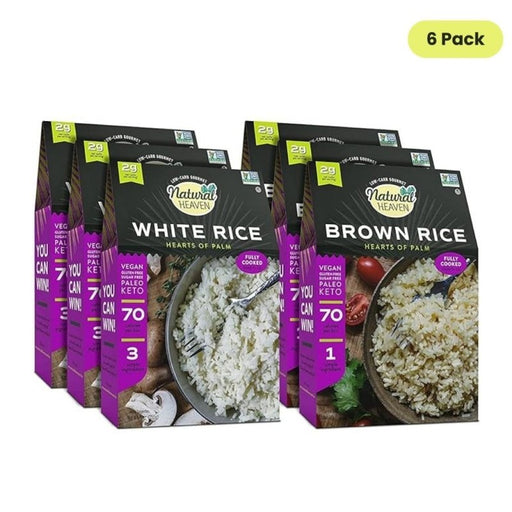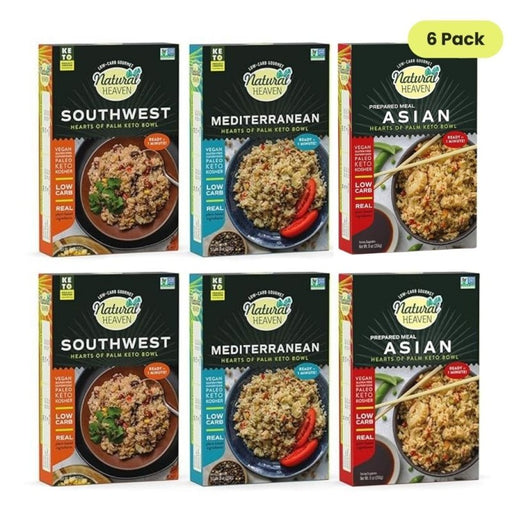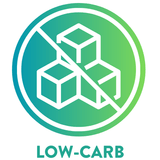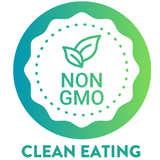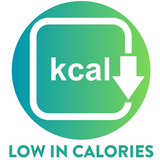In recent years, there’s been a lot of buzz about the gluten-free diet. This diet essentially excludes all foods containing gluten — a protein found in different types of grains including wheat, rye, barley, and some oats.
Gluten can also be a hidden ingredient in foods such as soy sauce, licorice, gravies, and dressings. While it may seem like following this diet involves a lot of restrictions, it is a relatively easy and tasty diet to follow with some incredible gluten-free recipes.
If you’re looking to understand what the gluten-free diet is all about, you’ve come to the right place! Here’s everything you should know about the gluten-free diet.
Why Do People Go Gluten-Free?
Studies show that around 25% of Americans have adopted a gluten-free diet. Why? Let’s have a look at some of the reasons a gluten-free diet is so popular.
Celiac Disease
Celiac disease is an autoimmune disorder that causes the body to attack the small intestine upon consumption of gluten. This results in nausea, bloating, belly aches, or diarrhea.
The body’s intolerance to gluten forces people with celiac disease to follow a permanent gluten-free diet.
Gluten Sensitivity
Non-celiac gluten sensitivity is another major reason for so many people following a gluten-free diet. Though there isn’t a clear definition of gluten sensitivity or gluten intolerance, symptoms including gastrointestinal irritation often hint at a gluten disorder.
Some major gluten-sensitivity symptoms include:
- Fatigue
- Gas
- Bloating
- Constipation
- Diarrhea
- Stomach aches
These symptoms are quite similar to celiac disease, but the difference is in the fact that gluten sensitivity is not an immunocompromised disorder.
Wheat Allergies
In a wheat allergy, the body’s immune system mistakes gluten or other proteins found in wheat to be agents that cause diseases like bacteria or viruses. The immune system then creates an antibody response that may prompt difficulty breathing, congestion, and other allergy symptoms.
Gluten Ataxia
Gluten ataxia is an immune-mediated disease that affects genetically susceptible individuals. It’s a rare disease wherein ingestion of gluten affects certain nerve tissues and can cause issues with muscle control and voluntary movement.
What Does A Gluten-Free Diet Consist Of?
Fresh foods such as fruits, vegetables, unprocessed beans and nuts, eggs, unprocessed meats and fish, and low-fat dairy products are all safe for a gluten-free diet.
Additionally, grains, starches, or flour can also be consumed in a gluten-free diet. These include:
- Soy
- Tapioca
- Amaranth
- Flax
- Millet
- Quinoa
- Corn
- Arrowroot
- Rice
- Buckwheat
While most alcohols can also be consumed on a gluten-free diet, beer must be excluded as it contains gluten.
When purchasing food products, it is important to avoid items with the following ingredients:
- Durum
- Einkorn
- Emmer
- Kamut
- Spelt
- Enriched flour with added minerals and vitamins
- Farina
- Graham flour
- Self-rising flour
- Semolina
Some processed foods that may contain gluten include:
- Bread
- Cakes
- French fries
- Croutons
- Pasta
- Cookies
- Cereals
- Candies
- Pies and cakes
- Salad dressings
- Wafers
Should You Go Gluten-Free?
Adopting a gluten-free diet, even if you don’t face any gluten-related health issues such as sensitivity or celiac disease, can have a positive impact on your overall health. This is because going gluten-free inevitably eliminates a lot of processed foods.
However, completely eliminating gluten from your diet may not be a good idea as you may miss out on other nutritious whole grains, micronutrients, and fiber. This would be counterproductive to what you wish to achieve.
Unless it’s a necessity, it is better to simply reduce the amount of gluten in your diet.
Conclusion: How To Maintain A Gluten-Free Diet?
If you’ve been diagnosed with a condition that requires you to go gluten-free, or simply want to make a change in your diet, the first step should include speaking to a physician or dietician.
You can then move on to excluding gluten from your diet and instead opt for gluten-free options such as gluten-free pasta or gluten-free lasagna.
Some other habits should also be included in your general lifestyle such as reading product labels when purchasing food items and keeping gluten-free utensils and dishes separate from the ones you use for gluten foods.
With a few changes to your lifestyle and diet, you can switch to a gluten-free diet with ease!






